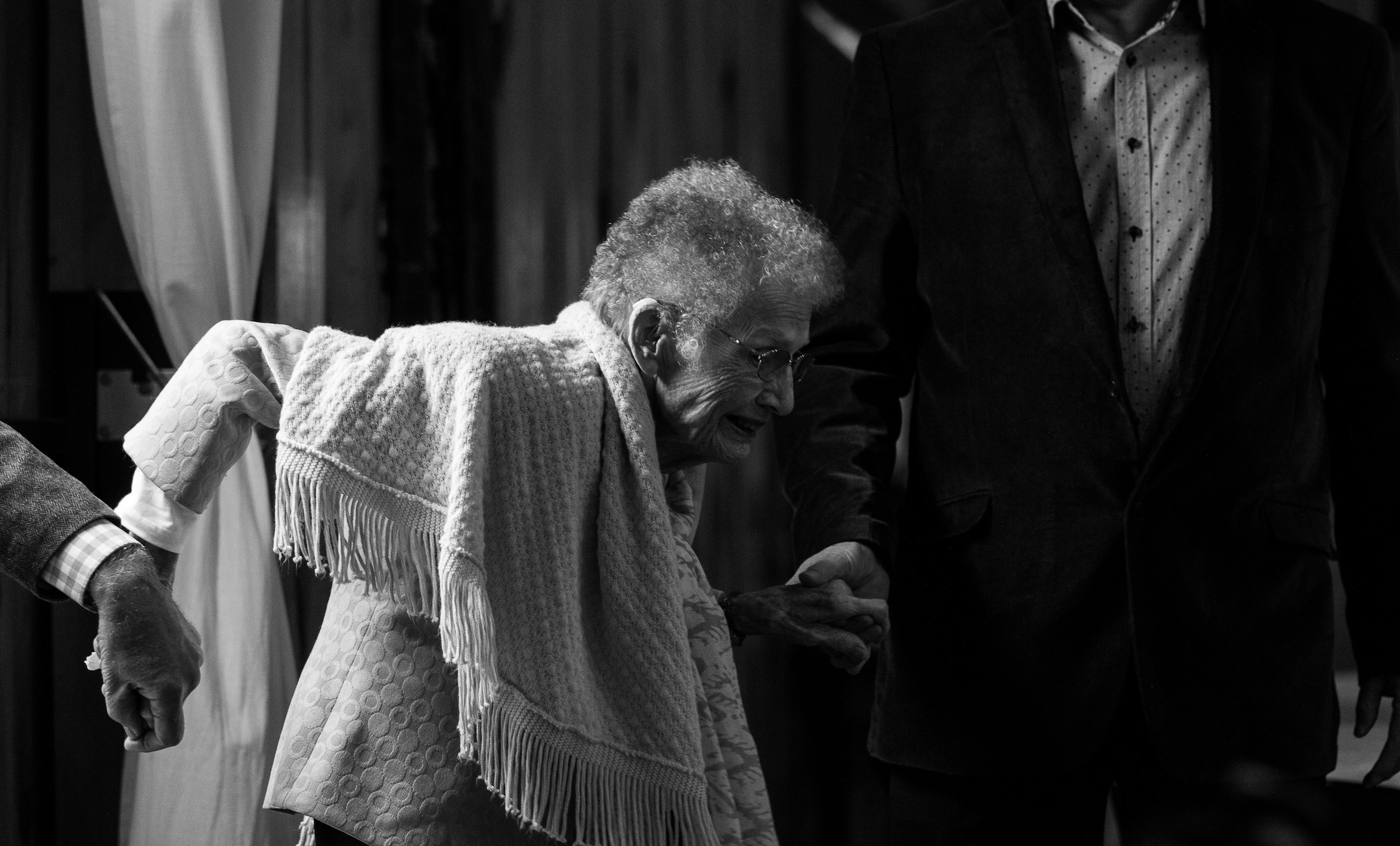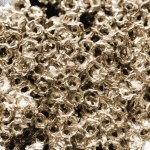As the world today is increasingly urbanized, the connection to the natural environment seems to be diminishing. Nevertheless, the yearning for a connection with nature persists within us, driving the surge in popularity for architectural designs and real estate trends that strive to bring the outdoors in. One such trend is biophilic design.
Biophilic design principles offer a way to create living and working spaces that connect occupants to nature, promoting well-being and environmental sustainability. But how exactly can you apply these principles in real estate? This article will explore this question in depth.
A lire aussi : What are the key considerations for real estate development in coastal areas subject to erosion and sea level rise?
Understanding the Concept of Biophilic Design
Before diving into the application of biophilic design principles, it’s important to understand what this concept entails. ‘Biophilia’, a term popularized by American biologist Edward Wilson in 1984, refers to the human tendency to seek connections with nature and other forms of life.
Biophilic design, therefore, is an approach to architecture and interior design that seeks to connect building occupants more closely to nature. It incorporates natural materials, lighting, vegetation, views, and other experiences of the natural world into the modern built environment.
A lire en complément : What strategies can be employed to revitalize and repurpose underutilized commercial real estate assets?
Incorporating Natural Materials and Elements
The first step in applying biophilic design principles involves the use of natural materials and elements during the construction process. Materials such as stone, wood, and plants can be incorporated into both the exterior and interior of buildings. Let’s not just think about materials; water features, fireplaces, and aquariums can also create a sense of connection to nature.
For instance, a building lobby could be designed with stone walls, a water feature, and an indoor garden, while office spaces might incorporate wooden furniture, real plants, and natural textiles. The key is to incorporate these elements in a way that feels organic and authentic, rather than forced or artificial.
Designing with Natural Light
Natural light is an essential aspect of biophilic design. Studies have shown that exposure to natural light can improve mood, productivity, and overall health. Therefore, designing buildings to maximize natural light exposure is a crucial aspect of biophilic design.
This can be achieved by installing large windows, skylights, and glass walls. The positioning of the building – to receive the maximum amount of daily sunlight – is also an important consideration. Furthermore, where natural light is limited, light fixtures that mimic natural light can be used.
Incorporating Biophilic Patterns and Shapes
Biophilic design is not just about incorporating natural materials or maximizing natural light; it also involves the use of patterns and shapes that echo those in nature. This concept, known as ‘biomorphic design’, involves the use of lines, shapes, and forms that are reminiscent of patterns found in the natural world.
For example, the branching pattern of trees can inspire the design of a building’s structural system, or the irregular, organic layout of a forest floor can inform the design of a building’s floor plan. In interior design, biomorphic patterns might appear in artwork, textiles, or the design of furniture and fixtures.
Creating Direct and Indirect Experiences of Nature
Biophilic design principles can also be applied by creating opportunities for both direct and indirect experiences of nature. Direct experiences might involve physical contact with natural elements – think of a lobby with a living wall, a garden terrace on a rooftop, or an atrium filled with plants.
Indirect experiences, on the other hand, can be as simple as a view of nature from a window, the sound of water in a fountain, or the use of nature-inspired artwork and decorations. Both types of experiences can help to create a sense of connection to nature, even in an urban environment.
By understanding and applying these principles of biophilic design, real estate developers can create buildings that not only enhance the well-being of their occupants but also contribute to environmental sustainability. The use of natural materials reduces reliance on synthetic products, and the emphasis on natural light can help to reduce energy consumption. In this way, biophilic design represents a win-win solution for people and the planet.
Leveraging Technology for Biophilic Design
As we continue to delve deeper into the era of technological advancement, it’s becoming increasingly feasible to integrate biophilic design principles into real estate through the use of technology. The emergence of innovative tools such as Virtual Reality (VR), Augmented Reality (AR), and 3D modeling allows architects and designers to visualize and implement biophilic design in more effective and creative ways.
Take, for example, the use of Virtual Reality (VR). This immersive technology can be used to simulate natural environments, allowing occupants to experience the sensation of being in nature without leaving their urban settings. From virtual forest walks to underwater adventures, VR can provide occupants with direct experiences of nature, enhancing their wellbeing and promoting a sense of peace and tranquility.
Moreover, Augmented Reality (AR) can be used to overlay digital information onto the physical world. For instance, using AR, a bare wall in an office could be transformed into a cascading waterfall or a lush green forest, providing an indirect experience of nature that can boost mood and productivity.
Furthermore, 3D modeling allows architects and designers to experiment with natural shapes, forms, and materials during the design process. It enables them to effectively visualize how these elements can be incorporated into a building in ways that are both functional and visually appealing. This can not only lead to more effective implementation of biophilic design principles but also to buildings that are more aesthetically pleasing.
##Conclusion
In conclusion, the application of biophilic design principles in real estate offers a wealth of benefits, from boosting occupant well-being to promoting environmental sustainability. Whether it involves the use of natural materials and elements, maximizing natural light, incorporating nature-inspired patterns and shapes, or creating direct and indirect experiences of nature, these principles can transform our living and working spaces into healthier and more sustainable environments.
Moreover, the advent of technology – from VR and AR to 3D modeling – adds another exciting dimension to biophilic design. It enables us to simulate natural environments and experiment with natural forms and patterns in innovative ways, enhancing our ability to create buildings that truly connect us to nature.
Looking ahead, as the world continues to urbanize, the importance of reconnecting with nature within our buildings is likely to become even more paramount. Biophilic design offers a way to do this – a way that not only benefits us as individuals but also our planet. By embracing this approach, we can create a more sustainable and healthier future for all.











